Did you know that improper care of dental bridges can lead to oral health issues like tooth decay and gum disease ? This comprehensive guide will equip you with essential knowledge on maintaining your dental bridges , ensuring long-lasting oral health. Dive into our educational article to unlock your journey towards good oral hygiene !
Did You Know? Shocking Facts About Dental Hygiene and Bridges
Highlighting the Importance of Oral Hygiene for Dental Bridges
Maintaining proper care of your dental bridge is crucial for preventing gum disease and tooth decay . Dental bridges rely on adjacent teeth for stability. Thus, good oral hygiene safeguards not only the bridge but also your natural teeth . Regular brushing and flossing remove food particles , reducing the risk of gum disease and extending the life of your dental bridge.
The Impact of Poor Cleaning Habits on Your Dental Bridge
Failing to clean your dental bridge properly can result in the accumulation of food debris , leading to bad odor and infections. Over time, neglecting your bridge can harm adjacent teeth , compromising their integrity and causing a ripple effect on your overall oral health . Commitment to oral hygiene is key to preserving the function and appearance of your dental bridge.
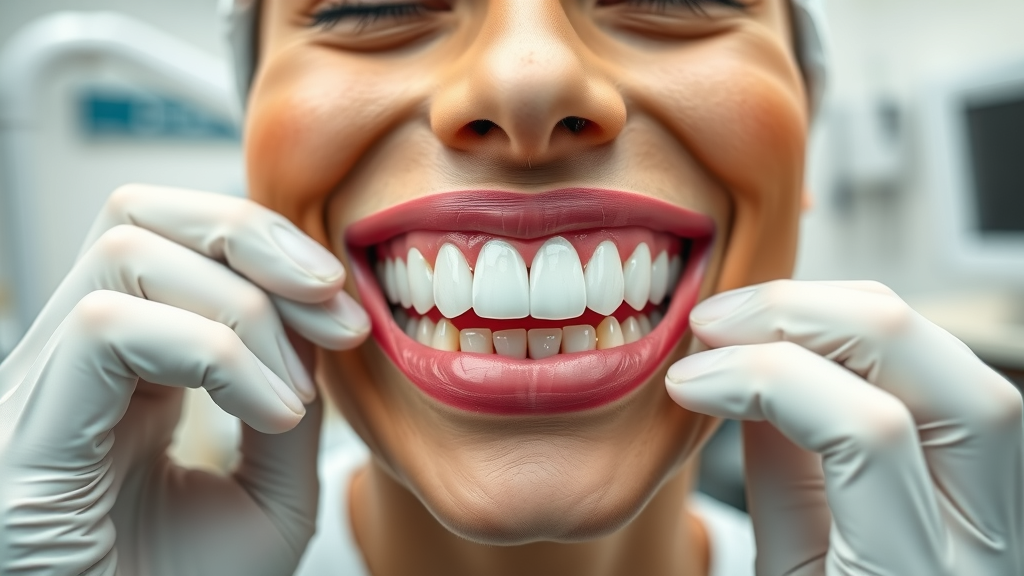
Understanding Dental Bridges: Types and Functions
Exploring Different Types of Dental Bridges
There are several types of dental bridges available to address different missing teeth situations. Traditional bridges, for instance, use adjacent teeth as anchors, while cantilever bridges are suitable when only one side of the missing tooth is available as a support. Additionally, Maryland bonded bridges employ a metal or porcelain framework bonded to your natural teeth . For more insights on choosing between dental implants and bridges, visit our article on Bridging the Gap: Choosing Between Dental Implants and Bridges .
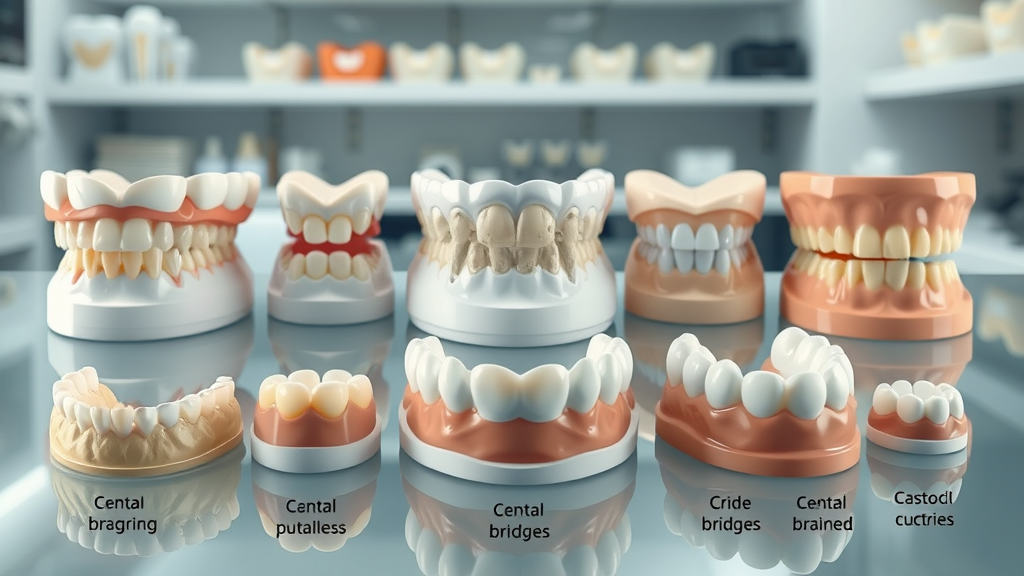
Functionality and Benefits of Dental Bridges
Dental bridges play a vital role in restoring your smile and assisting with good oral health . By filling the gap left by missing teeth , bridges improve your ability to chew and speak properly. Besides aesthetic enhancement, bridges help maintain the natural shape of your face, preventing gum disease and tooth decay by stabilizing adjacent teeth .
Step-by-Step Guide: How to Clean Your Dental Bridge
Daily Routine for Maintaining Dental Hygiene
Adopting a diligent cleaning routine is essential for oral hygiene . Begin with brushing at least twice daily to remove plaque and prevent buildup. Use interdental brushes to clean hard-to-reach areas, minimizing the risk of gum disease .
-
Importance of Regular Brushing: Utilizes fluoride toothpaste to protect adjacent teeth and strengthen your dental bridge.
-
How to Use Dental Floss Effectively: Special tools like floss threaders aid in reaching under your bridge, removing embedded food particles .
-
Incorporating a Water Flosser in Your Routine: Gently flushes out debris from around the gum line .
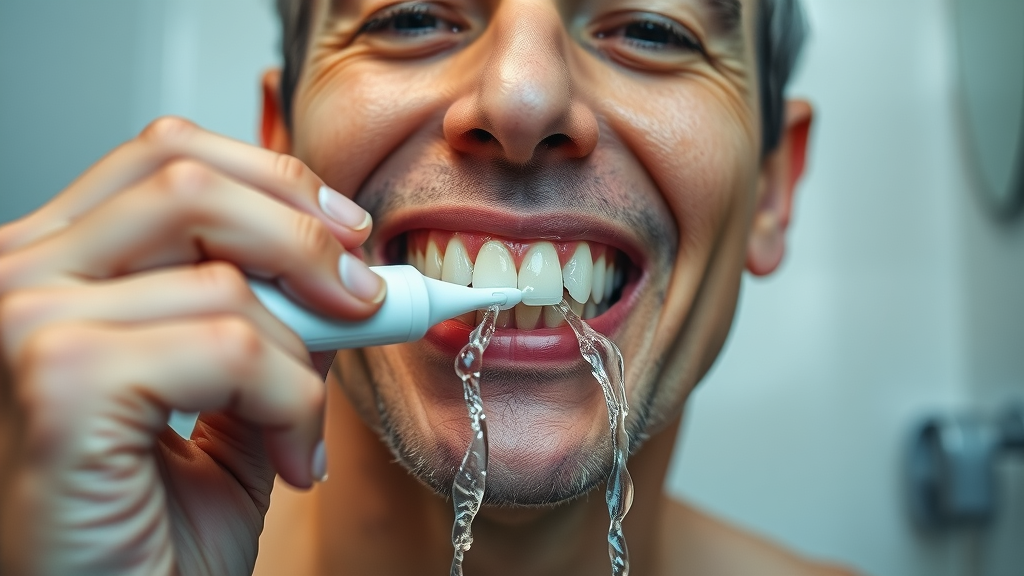
Best Practices to Remove Plaque
The key to preventing gum disease is consistent and thorough cleaning to remove plaque . Start with good brushing techniques, ensuring your toothbrush reaches beneath the bridge. Consider using a water flosser for a more advanced clean under the bridge, effectively dislodging trapped food particles and reducing the risk of tooth decay .
Tools and Products for Cleaning Dental Bridges
Essential Dental Tools Recommended by Experts
Professionals advocate using tailored tools for proper care . These include super floss and interdental brushes designed to clean small spaces and ensure good oral health . Additionally, electric toothbrushes can provide a more thorough clean around your dental bridge .

Evaluating the Effectiveness of Water Flossers
A water flosser can be an excellent addition to your cleaning regimen. This device produces targeted jets of water to clear away pesky food debris and plaque from between teeth and under your bridge, an area difficult to reach with regular flossing. Though not a substitute for floss threaders , it complements your oral hygiene routine.
Professional Cleaning and Maintenance
When to Seek Professional Cleaning
Regular professional cleaning is vital to maintaining your dental bridge and detecting early signs of gum disease . Schedule visits with your dental team at least twice a year for deep cleans and detailed checks around your bridge and gum line , ensuring no lingering food debris . For more on the importance of regular dental visits, check out our article on The Importance of Regular Dental Visits .

The Role of Your Dental Team in Maintaining Oral Health
Rely on your dental team to guide you in maintaining proper care of your bridge. They offer personalized advice on techniques for cleaning your dental bridge and potential adjustments if fitting does not support adequate oral hygiene . Their expertise supports long-term satisfaction and health.
Professional Clean vs. Professional Cleaning: What’s the Difference?
Understanding the distinction between a professional clean and professional cleaning is crucial. Whereas a professional clean refers to routine removal of plaque and tartar above the gum line , professional cleaning includes deeper gum care, vital for individuals with existing gum disease .
People Also Ask: Addressing Common Questions
What is the best way to clean under a dental bridge?
The most effective method for cleaning under a dental bridge involves using floss threaders to navigate beneath the bridge carefully. Additionally, incorporating a water flosser ensures comprehensive cleaning by removing stuck food particles and preventing gum disease .
Exploring Methods and Techniques for Optimal Cleaning
Several techniques, including using dental floss or super floss , ensure the cleanliness of your bridge. For those seeking alternatives, interdental brushes can reach those narrow crevices, too. The combination of traditional brushing alongside these tools augments oral hygiene .
Can a Waterpik clean under a dental bridge?
Yes, a water flosser , commonly known as a Waterpik, floods areas under your bridge with pulsating water streams, flushing out stubborn food debris . While efficient in reducing plaque, it is advisable to complement it with regular floss to address areas it might miss.
How often should you clean a dental bridge?
To ensure good oral health , it's vital to clean your dental bridge daily, incorporating proper care practices into your routine. Moreover, having bi-annual checkups with your dental team aids in personalized advice for optimal bridge maintenance.
Why does it smell under my dental bridge?
Bad odor under your bridge is usually due to trapped food debris and bacteria. Practicing diligent oral hygiene by addressing issues such as proper flossing under the bridge helps alleviate these odors caused by bacteria buildup.
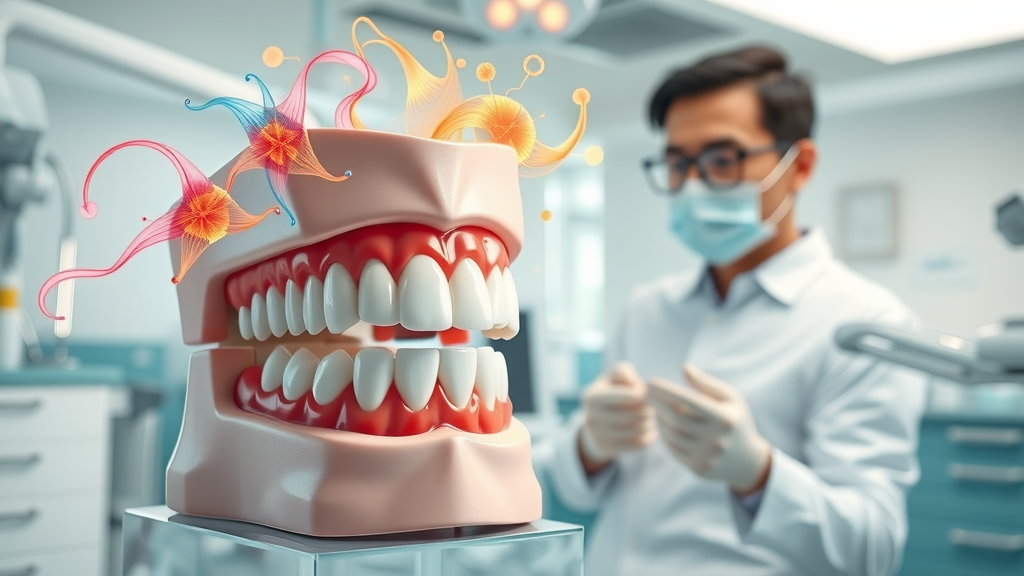
How do you take care of a dental bridge?
Taking care of a dental bridge involves regular flossing and brushing, complemented by interdental brushes or a water flosser to protect the adjacent teeth . Such integration into your daily regimen prevents the onset of gum disease and extends your bridge's lifespan.
What is advised for cleaning a fixed bridge?
Fixed bridges are especially susceptible to plaque and debris accumulation. Using tools like super floss or floss threaders ensures effective removal beneath your bridge. A combination of good brushing and recommended flossing techniques optimizes cleaning.
Final Thoughts and Encouragement for Oral Health Maintenance
Quotes from Dental Experts on the Importance of Cleaning
"The simpler the care routine, the longer your dental bridge will last." - Dr. Walsh
"Dental maintenance is a lifelong commitment to oral health." - ADA Representative
Tables Comparing Tools and Techniques
|
Cleaning Tool |
Effectiveness |
Cost |
User Friendliness |
|---|---|---|---|
|
Toothbrush |
High |
Low |
Very High |
|
Water Flosser |
Moderate to High |
Moderate |
Moderate |
|
Floss Threaders |
High |
Low |
Moderate |
Top Tips for Maintaining a Clean Dental Bridge
-
Brush twice a day with fluoride toothpaste.
-
Utilize floss threaders to reach beneath your dental bridge.
-
Consider incorporating a water flosser for additional cleaning power.
-
Regularly visit your dental team for professional maintenance checks.
Schedule Your Professional Cleaning
Contact Information for Local Dental Services
Don’t wait to secure your bridge’s future – schedule your professional clean today with Johnstown Dental Care. Located at 370 West Coshocton St., Johnstown, OH 43031, call us at (470) 967-6046 or visit our website at www.johnstowndentalcare.com . Serving Johnstown, New Albany, Granville, Alexandria, Pataskala, and surrounding areas in Licking County, Franklin County, and Delaware County.
 Add Row
Add Row  Add
Add 

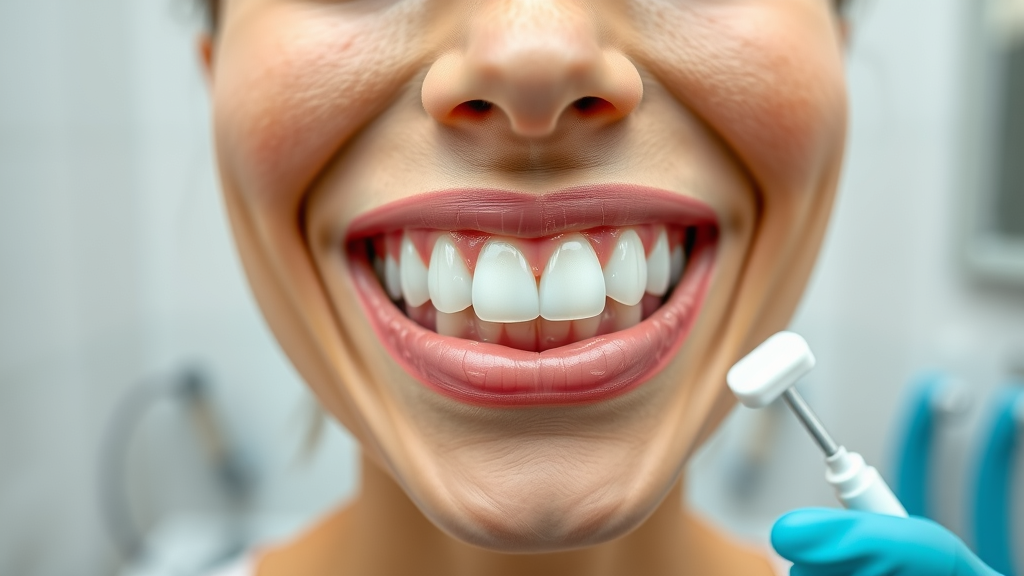


Write A Comment